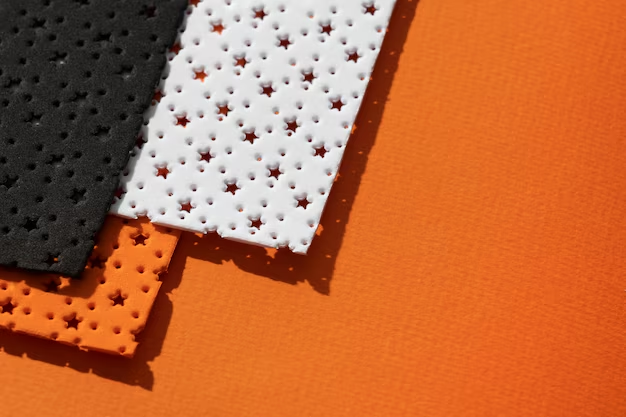Is mineral wool brooft4

The Benefits of Mineral Wool for Roofing
When it comes to choosing insulation for roofs, mineral wool stands out as a popular and highly effective option. Known for its thermal performance, fire resistance, and durability, mineral wool is widely used in commercial and residential roofing applications. This article will cover the essential benefits of using mineral wool for roofing and why it’s a top choice for both builders and homeowners.
What is Mineral Wool?
Mineral wool, also known as rock wool or stone wool, is an insulating material made primarily from molten rock and other minerals. During production, the rock is melted at high temperatures and spun into fibers, creating a dense, fibrous structure. This structure gives mineral wool its excellent thermal and sound insulation properties, as well as a high level of fire resistance.
Key Benefits of Mineral Wool for Roofing
- Thermal Insulation Mineral wool has an exceptional ability to trap air, making it an excellent thermal insulator. This means that it helps keep buildings warm in the winter and cool in the summer, reducing the need for excessive heating or cooling. Proper insulation from mineral wool contributes to energy efficiency, ultimately helping to lower energy bills and reduce environmental impact.
- Fire Resistance One of the standout properties of mineral wool is its resistance to fire. Since it is made from non-combustible materials, mineral wool can withstand temperatures of over 1,000°C without burning. This makes it an ideal choice for buildings where fire safety is a priority, as it can slow the spread of fire and protect structural elements.
- Sound Insulation Mineral wool is also highly effective at absorbing sound, which is particularly valuable in urban areas or noisy environments. This sound-dampening quality makes it a preferred choice for roofs in residential settings or buildings near busy streets, airports, or industrial areas.
- Moisture Resistance and Durability Although mineral wool is fibrous, it is resistant to moisture absorption, making it suitable for areas with high humidity or rainfall. The material is also durable and can retain its insulation properties over time, even when exposed to changing weather conditions. This helps extend the lifespan of the roofing system and reduces the need for frequent repairs or replacements.
- Environmental Impact and Sustainability Mineral wool is often made from natural and recycled materials, contributing to its environmental sustainability. Additionally, because it improves energy efficiency, it helps reduce greenhouse gas emissions. For those seeking eco-friendly construction solutions, mineral wool is an ideal choice.
- Ease of Installation Mineral wool insulation is easy to install and can be cut to fit specific roof shapes and sizes. This versatility is particularly useful for complex roof designs, as it allows for a tight, customized fit that enhances overall insulation performance.
Applications of Mineral Wool in Roofing
Mineral wool is used in various roofing applications, including flat and pitched roofs. It can be installed in several ways:
- Roof Decks: Mineral wool can be used as insulation on flat roofs by being placed directly on the roof deck.
- Sandwich Roofs: In commercial buildings, mineral wool is often used in sandwich panels, where it is installed between layers of steel for both insulation and structural support.
- Attic Insulation: For pitched roofs, mineral wool is an excellent choice for attic spaces, helping to regulate temperatures and reduce heat loss.
Conclusion
Mineral wool is a versatile and high-performing material for roofing insulation, offering benefits that include fire resistance, soundproofing, and durability. With its easy installation, sustainability, and energy-saving properties, mineral wool is a wise investment for any building project. Whether you’re constructing a new building or renovating an existing one, consider mineral wool for an efficient, long-lasting roofing solution.




